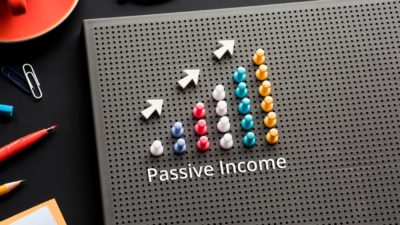The supermarket sector is looking very confused at the moment. We have Tesco still struggling to get its like-for-like sales growing, though it’s progressing well but slowly in its turnaround plan. Then we have Wm Morrison, which really does seem to have lost its way right now, with the cheapies like Aldi and Lidl snapping at its heels.
 And in the middle of all that and looking largely untroubled is J Sainsbury (LSE: SBRY) (NASDAQOTH: JSAIY.US), nicely increasing its earnings per share (EPS) year on year and steadily lifting its dividend.
And in the middle of all that and looking largely untroubled is J Sainsbury (LSE: SBRY) (NASDAQOTH: JSAIY.US), nicely increasing its earnings per share (EPS) year on year and steadily lifting its dividend.
Until we reach the current financial year, ending March 2015, that is!
Dividend set to fall!
For this year, analysts are forecasting an 8% drop in EPS for Sainsbury. And, shock horror, that annual payout is expected to slip back to less than the 16.7p paid in 2013 — there’s currently a figure of 16.5p being bandied about.
The problem is price-cutting, and all the big names are heavily involved in it — they just have to get prices down if they’re to head off the ever-increasing exodus to the no-frills cut-price operators. And that means there’s a deflationary effect on actual revenues at the tills (even if volumes remain high), which will probably last for a few quarters yet until the cuts fully work themselves through.
In its first-quarter trading update released on 11 June, Sainsbury reported a 1.1% fall in like-for-like sales, excluding fuel (although total sales excluding fuel rose by 1%). With fuel includes, like-for-like sales fell 2.4%.
Tough times
Chief executive Justin King said “Throughout the quarter we have continued to invest in reducing prices and improving quality, increasing the value of our offer. Lower food price inflation and reduced fuel prices are a welcome respite to customers’ finances but they continue to spend cautiously, leading to industry growth in the quarter being the slowest in a decade“.
He went on to tell us “We expect customer spending to remain cautious and we will continue to invest to keep our offer competitive to help customers balance their household budget“.
But against that background of cautious customer spending and supermarket price wars, can a dividend investor feel confident about the cash that Sainsbury is handing out?
I think the answer is still yes.
We should be seeing the dividend cut back by about 4.5% this year, from 2014’s payment of 17.3p. But last year provided an exceptional yield of 5.5%, which really is high compared to the long-term history of the sector.
Time to buy?
And with the Sainsbury share price having had a bad year — a slump that started late in 2013 has sent it down 17% over 12 months to 312p — even the lowered dividend should still yield 5.1%, and it would be covered a healthy 1.8 times.
Sainsbury’s dividends are looking attractive to me — in fact, with the shares on a P/E of only 10.5 they could be amongst the cheapest on the market.







